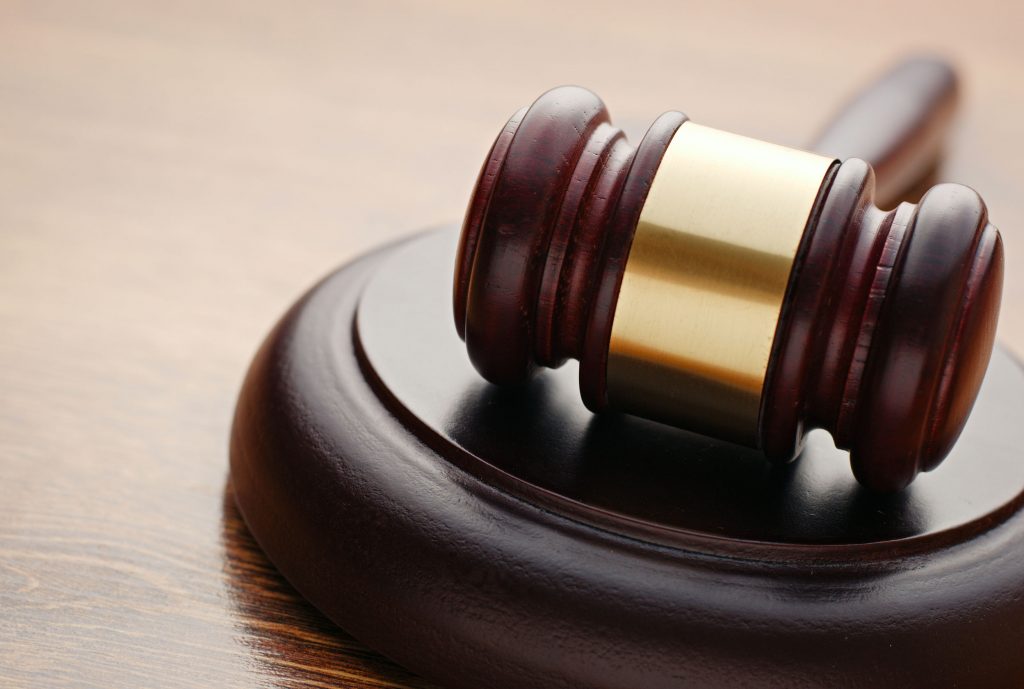
Even legal professionals, who we trust to handle complicated and skill-sensitive cases, are just as capable as anyone else of negligence and simple incompetence. Lawyers are still human and make mistakes, but to avoid severely impacting clients these mistakes must be minor. Should a lawyer fail to uphold his or her duty and that failure harms a client, the client may sue the lawyer for legal malpractice. The following article will discuss the multiple ways in which a client can recognize negligent actions of an attorney, and the possible claims and resolutions that can be available in such cases.
Rates of Legal Malpractice
Fortunately, legal malpractice cases are relatively rare. “When The Lawyer Screws Up,” a study by Herbert Kritzer and Neil VidMar, compiled data from several legal malpractice insurers from around the country and found that the rate of legal malpractice claims varied from about one to 12 claims filed per 100 lawyers who were insured. Whether or not these claims eventually made it to trial or where resolved by other means is not apparent. However, the question remains as to which actions can lead to a legal malpractice lawsuit.
The American Bar Association (ABA), has created a list of the most common causes of legal malpractice lawsuits. To make the issue less complicated, let’s break down the five most common causes of legal malpractice
Failure to Know and Apply Law
Failure to know and apply law accounts for why 11.3 percent of all legal malpractice lawsuits are filed. Obviously, it is crucial that your lawyer is competent in the field of law applicable to your case. No one lawyer can understand the entirety of state and federal laws, hence lawyers tend to stick to specialized fields. However, some lawyers may take on cases in fields of law that they don’t fully understand or have little experience in. In such circumstances, your lawyer’s lack of understanding in a particular field could significantly weaken your case.
If a responsible lawyer feels that he or she does not have enough knowledge or experience in the relevant area of law, he or she should co-counsel with or refer you to another lawyer who is more experienced in that field. Asking your lawyers about similar cases they have worked on in the past, and what field of law they specialize in will help you determine their level of expertise.
Planning Errors
With a full understanding of the available facts of a case, a lawyer is expected to reasonably plan and handle a case with care. For example, if a lawyer represented a client in a dispute with an insurance company and misjudged how to proceed, that might be considered a failure to reasonably plan an outcome if the result caused the client to lose. Planning errors represent 8.9 percent of causes for legal malpractice claims.
Planning errors happen and are usually minor and do not affect a case, after all, lawyers can’t predict the future. However, some planning errors can cost a client an award and even result in client penalization. In such cases, as long as a client can prove that the planning mistake constituted negligence and cost him or her substantial money in terms of a lost or reduced recovery, the client may have a legal malpractice claim.
Inadequate Discovery and Investigation
Inadequate Discovery and Investigation is the cause of 8.8 percent of legal malpractice claims. When developing the backbone for your case (i.e. facts and evidence) a lawyer must conduct an investigation during the discovery process. This means that your lawyer will either personally dig for facts pertinent to your case, hire an investigator to find evidence, or obtain facts from the other side and relevant witnesses during the pretrial discovery process.
Evidence can be altered or disappear if enough time passes. For that reason, lawyers must act diligently to uncover facts before evidence is lost, a scene loses its “freshness” or witnesses forget the facts. For example, if a car-accident lawyer waits too long to investigate the scene of a car crash, or fails to document an important angle of a crash scene, and that failure causes the client to lose the case, this may be used as a grounds to file a legal malpractice lawsuit.
Failure to File Documents Without a Deadline
Failing to file documents that do not have a set deadline represents a surprising 8.6 percent rate of why legal malpractice claims are filed. Filling out paperwork is always a pain, and lawyers have to do it every day, but this step is absolutely critical in the legal process. For example, if a divorce attorney does not issue a document stating what type of separation is involved in the dispute, such as a “no-fault” separation or otherwise, then the actual process of separation can lead to other disputes and draw-out the process.
Failure to Calendar
Failing to calendar simply means that a lawyer failed to mark down an important deadline on a calendar or planner and as a result missed a deadline. Surprised that such a simple error even made to the list? What’s even more surprising is that a failure to calendar deadlines composed 6.7 percent of why legal malpractice claims were filed.
Despite marking events on a calendar being seemingly minor, this step is actually incredibly important for running a successful case. If a statute of limitations expires, you may be time-barred from pursuing your claim. Your lawyer likely has several clients that he or she must attend to at any given time, and thus all of the lawyer’s operations must be scheduled. If not, important filings may be missed and meetings and issues may not be addressed in a timely manner.
Proving Legal Negligence and Malpractice
Every state has a different set of laws governing the aspects of legal malpractice. However, a general rule of thumb for lawsuits of this nature revolve around four necessary conditions or “elements:”
- Establish a relationship between the plaintiff and defendant (attorney-client relationship in this case).
- Prove negligence or “breach of duty/care” by the defendant.
- Causation of damages (meaning that if a reasonable attorney was in charge of your case, you would have likely won your lawsuit or recovered substantially more money).
- Actual damages (this means that you suffered actual financial loss because of your attorney’s negligence).
Establishing an attorney-client relationship is pretty straightforward. If the attorney provided official legal services (drafting documents, investigating your case, etc.), or even agreed to take on your case, this could be used as strong evidence of an attorney-client relationship.
Proving legal negligence can be a more complicated process. This means that your attorney acted in a way or made a judgement that a another reasonable attorney in the same field would not have made. This will take the testimony of another attorney in the same field to prove.
Proving causation will likely be the hardest step. You must show that your attorney’s action or failure to act cost you an award or caused the case to be decided against you. Thus, it may be required to prove the strength of your original case and that you would have won but for your attorney’s negligent conduct. An astute understanding of the facts and law of your case will be absolutely necessary for this step.
The final requirement is proof of actual damages. This could include attorney fees, a lost jury award and other financial losses. Again, a competent lawyer would be the most useful resource for finding and calculating damages in a legal malpractice dispute.
Sometimes a trial will not be available in legal malpractice disputes if arbitration clauses were used in the client-attorney contract that was signed when the negligent attorney accepted your case. It’s also possible that disputes can be resolved via a settlement between the two parties or with the attorney’s legal malpractice insurer.















